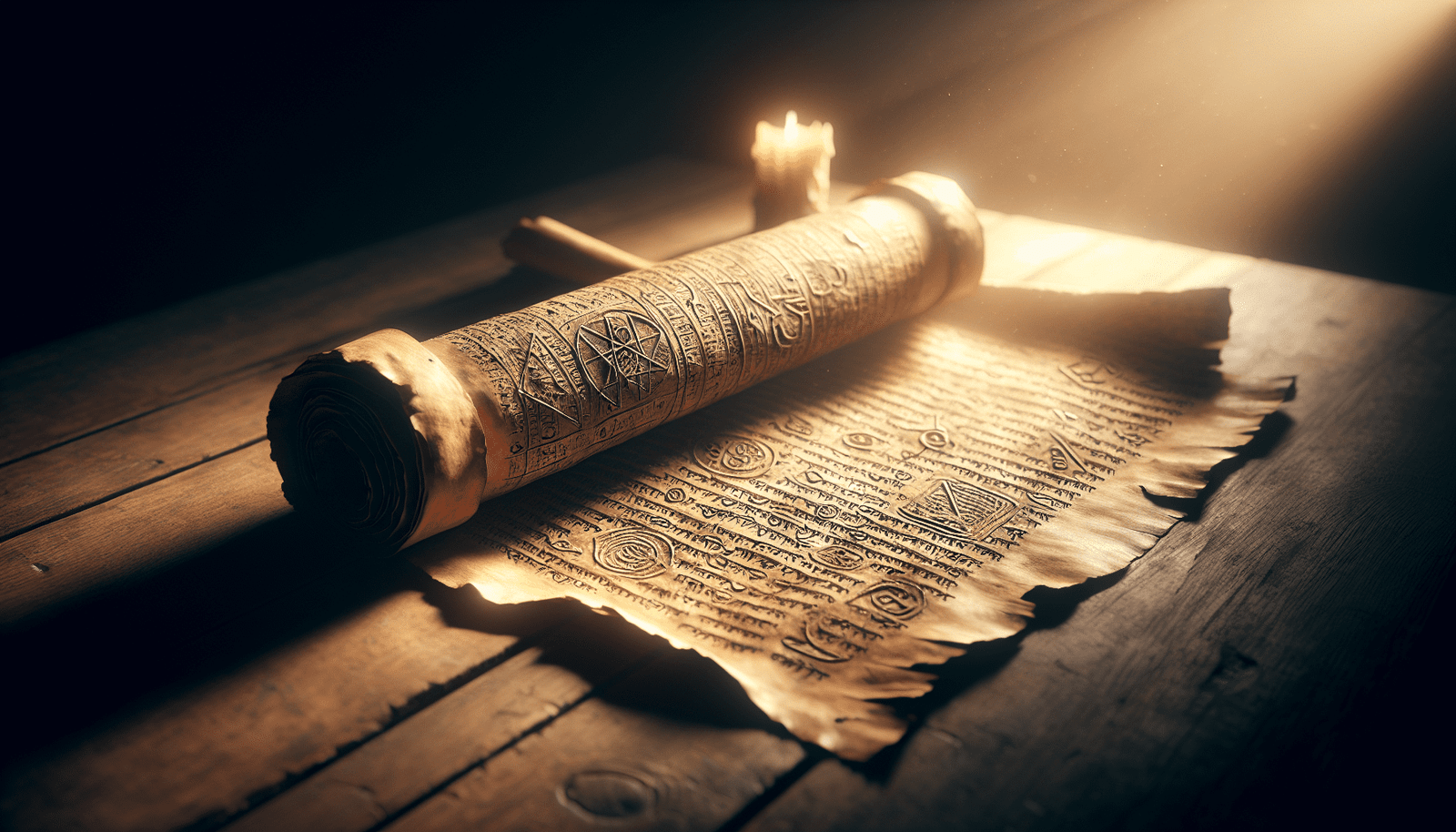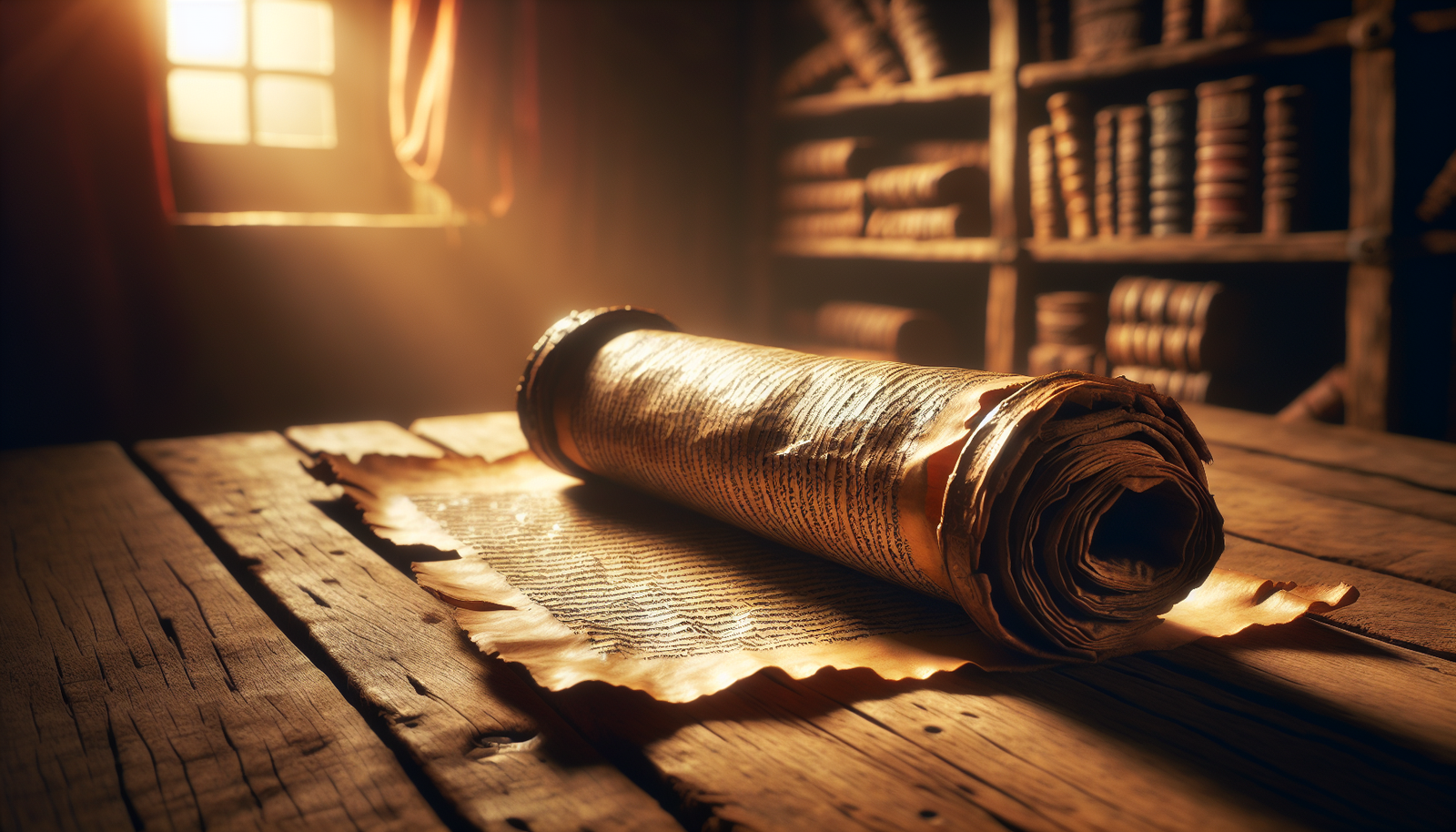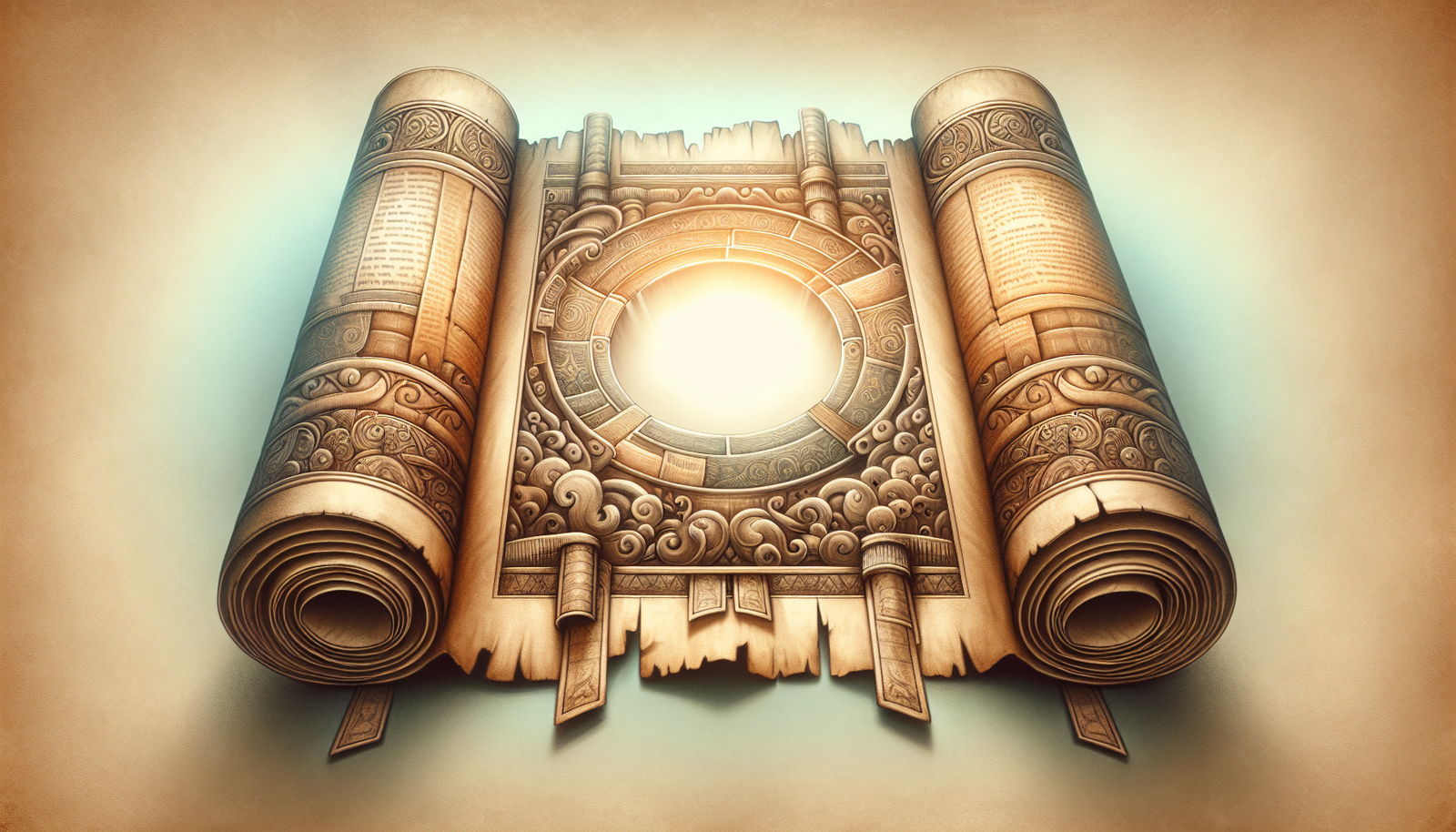Have you ever wondered whether the Dead Sea Scrolls include any biblical texts? This question is not just a matter of curiosity; it delves deep into religious, historical, and archeological significance. Imagine standing at the crossroads of ancient history and theology—a place where artifacts from centuries past reveal the complexities of our written traditions.
In 2025, this topic holds heightened importance, especially as debates over religious texts and their origins become increasingly relevant. Scholars and laypeople alike are fascinated by these ancient manuscripts, not only because they offer a glimpse into the past but also because they help to clarify and sometimes challenge existing biblical scholarship.
My name is Dr. James Turner, and I hold a Ph.D. in Theology with over two decades of research experience in biblical studies and ancient manuscripts. I’ve been privileged to view some of these very scrolls and decipher their meaning. Let’s unravel the mysteries they hold together.
TL;DR
The Dead Sea Scrolls are a collection of Jewish texts discovered in the Qumran Caves near the Dead Sea between 1946 and 1956. They include biblical manuscripts older than any previously known, dating back to the third century BCE. While not all of the scrolls are biblical, about 40% of them correspond to texts from the Hebrew Bible, offering valuable insights into ancient Judaism and the development of biblical texts over time. These scrolls are not merely historical artifacts; they challenge and enrich our understanding of biblical texts as we know them today.
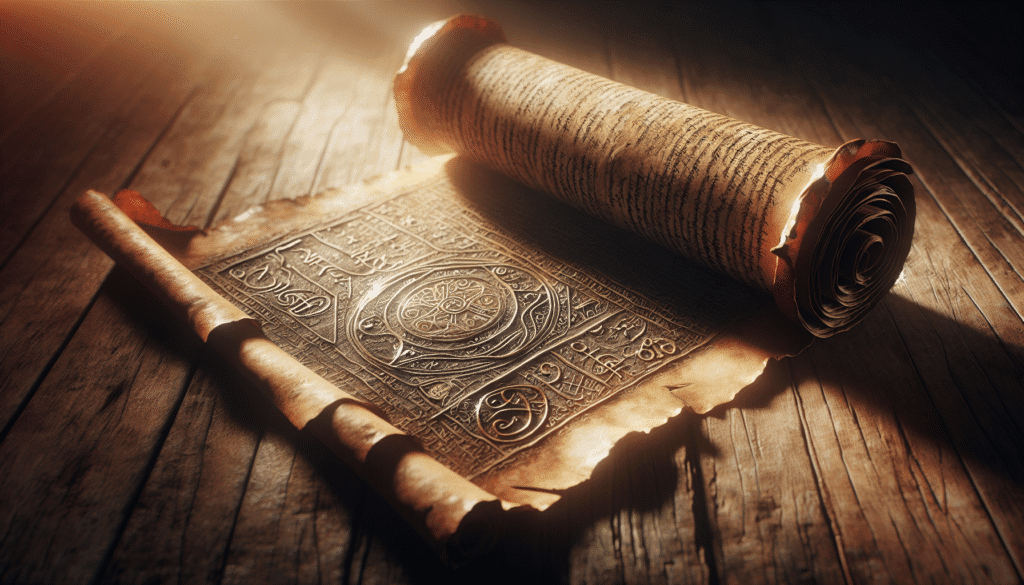
What Are the Dead Sea Scrolls?
The Dead Sea Scrolls are a collection of Jewish texts that were discovered in the mid-20th century.
The Discovery
In 1946, Bedouin shepherds stumbled upon the first of what would become thousands of manuscripts hidden in the caves of Qumran, near the Dead Sea. This monumental find consisted of roughly 900 manuscripts, some fragmented, some surprisingly intact. The initial find sparked widespread archaeological interest and led to a series of excavations between 1947 and 1956.
Composition of the Scrolls
The Dead Sea Scrolls include a wide range of texts. Approximately 40% are biblical manuscripts, which means they correspond to parts of the Hebrew Bible. Another 30% are sectarian texts related to the Essenes, a Jewish sect believed to have lived at Qumran. The remaining 30% are apocryphal or pseudepigraphical texts, including religious works that weren’t included in the canonical Bible.
Historical Context
These scrolls date from the last three centuries BCE to the first century CE, a time of great transformation in Judaism. Understanding the historical context of the scrolls is crucial for piecing together the puzzle of these manuscripts. They offer snapshots of religious, social, and political life that predate the composition of Jesus’s teachings.
What’s Inside the Biblical Texts?
A large proportion of the scrolls align with the texts of the Hebrew Bible.
How Many Biblical Texts Are Found?
About 40% of the Dead Sea Scrolls consist of texts from the Hebrew Bible. This includes parts of every book except the Book of Esther. It’s fascinating to realize that these scrolls include the oldest known surviving copies of these texts, making them a cornerstone in biblical studies.
Textual Variants and Differences
One of the significant discoveries from the scrolls is the existence of textual variants. These differences can range from minor phrasing variations to substantial content differences. For example, the Isaiah Scroll shows some deviations from what we know as the Masoretic Text—a benchmark text for the Hebrew Bible. Think of these variants as shades of meaning that add depth and complexity to biblical scholarship.
The Significance of These Texts
The biblical texts in the Dead Sea Scrolls provide invaluable insights into the textual history of the Bible. They serve as a reference point for comparing and contrasting with other ancient versions like the Septuagint and the Samaritan Pentateuch, helping scholars determine the most accurate versions of these ancient writings.
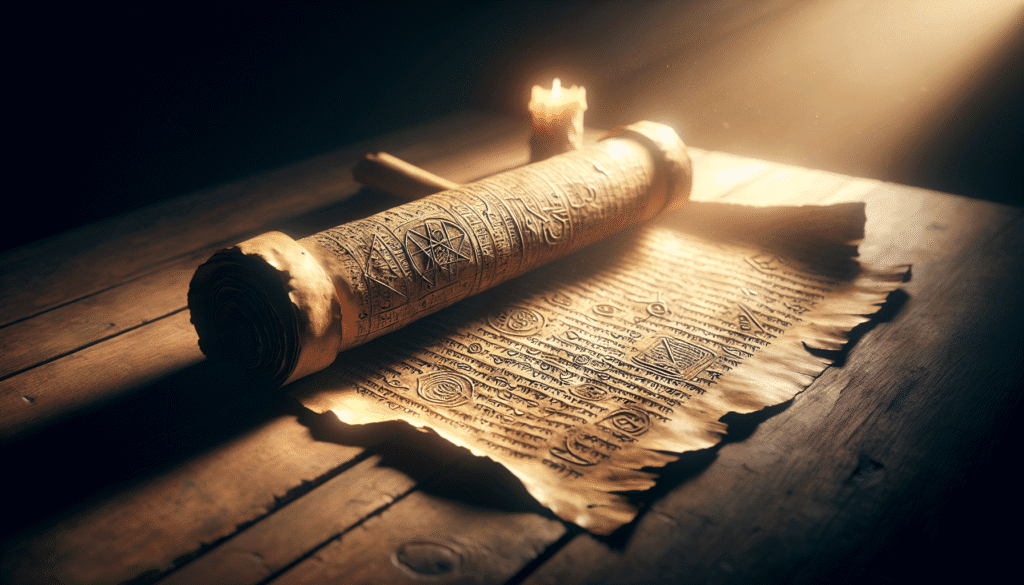
The Non-Biblical Texts: What Else Was Found?
A considerable portion of the scrolls consists of non-biblical texts, which brings another layer of understanding into ancient Jewish life.
Sectarian Texts
These documents are believed to be related to the Essenes, a Jewish sect that most scholars agree lived in the Qumran area. The Community Rule, the War Scroll, and the Thanksgiving Hymns are examples. They reveal the beliefs and practices of what appears to be a tight-knit, highly observant community. Such texts provide scholars with a close look at a form of Judaism that was contemporaneous with early Christianity.
Apocryphal and Pseudepigraphical Texts
These texts are not part of the Hebrew Bible but were nonetheless important to Jewish tradition. They include works like the Book of Enoch and the Book of Jubilees. These texts add a kaleidoscope of theological ideas and religious practices to the ancient world, offering us a fuller picture of Judaism during this period.
Linguistic and Cultural Insights
The languages of the scrolls—mainly Hebrew, Aramaic, and some Greek—allow linguists and historians to piece together the linguistic landscape of the time. Cultural insights gleaned from the scrolls help us understand how ancient Jewish practices and beliefs may have influenced early Christianity.
Understanding Their Impact on Biblical Studies
The Dead Sea Scrolls have revolutionized the field of biblical scholarship.
A Catalyst for Reassessing the Bible
Before the discovery of the Dead Sea Scrolls, the oldest manuscripts of the Hebrew Bible dated back to only the 10th century CE. The scrolls pushed our understanding back to the third century BCE. This vast temporal leap forced scholars to reassess longstanding assumptions about the development and transmission of biblical texts.
Cross-Referencing Other Ancient Texts
The scrolls serve as crucial texts for cross-referencing with other ancient manuscripts like the Septuagint and Codex Sinaiticus. For example, scholars can use the Scrolls as a baseline to understand the development and divergence of biblical texts over time.
Challenges and Questions
While offering insights, the scrolls also pose challenges. They compel scholars to reconcile textual differences and delve into why certain texts were preserved as scripture while others were not. For instance, the absence of Esther raises questions about its canonical status during this time.
The Controversies Surrounding the Dead Sea Scrolls
Their discovery wasn’t without controversy, which continues to stir debates today.
Ownership and Authenticity
The scrolls have been subject to disputes over ownership. Israel and Jordan have historically wrestled over rightful ownership, given that the Qumran site changed governance multiple times. These geopolitical wrangles sometimes overshadow the academic importance of the scrolls.
Scholarly Disputes
Who wrote these scrolls? While many believe the Essenes authored them, theories abound: Pharisees, Sadducees, and even early Christians have been posited. Each theory carries its own implications for how we understand the texts.
Preservation and Research Access
Access to the scrolls was restricted for decades, sparking debates about who should study them and why. Open access eventually came, but scholarly disagreements about interpretation prevail, affecting how these texts influence contemporary biblical scholarship.
FAQs About the Dead Sea Scrolls
What are the Dead Sea Scrolls?
The Dead Sea Scrolls are a collection of Jewish texts discovered in caves near the Dead Sea in the mid-20th century. They include biblical manuscripts, sectarian writings, and other texts dating from the last three centuries BCE to the first century CE.
Do the Dead Sea Scrolls include complete copies of biblical books?
While the scrolls include portions from most books of the Hebrew Bible, they don’t contain complete versions of all of them. Parts of the Isaiah Scroll, however, are the most well-preserved.
Why are the scrolls important for biblical studies?
They offer the earliest known versions of biblical texts, providing a reference point for understanding textual variants and the history of the biblical canon.
Who are believed to have written these scrolls?
Most scholars attribute the scrolls to the Essenes, a Jewish sect thought to have lived at Qumran. However, some researchers argue they could have been written by other groups like the Pharisees or Sadducees.
Where can I see the Dead Sea Scrolls?
Portions of the scrolls are displayed at the Israel Museum’s Shrine of the Book in Jerusalem. Some fragments are also available in digital form online through various academic platforms.
People Also Ask
Why did people hide the Dead Sea Scrolls in caves?
People likely hid the scrolls as a precaution during periods of conflict, such as Roman incursions, to preserve them for future generations.
Do the Dead Sea Scrolls mention Jesus?
The scrolls do not explicitly mention Jesus. However, their context provides insight into the Jewish world in which Jesus lived.
How have the scrolls altered our understanding of ancient Judaism?
They reveal the diversity of Jewish thought and practice in the Second Temple period, showcasing a wider range of beliefs than previously known.
Are the Dead Sea Scrolls kept intact?
Mostly, they are fragmented, but significant portions are preserved, like the Isaiah Scroll. Restoration efforts are ongoing.
What languages are the Dead Sea Scrolls written in?
Primarily in Hebrew, but also in Aramaic and Greek, reflecting the multilingual nature of Jewish culture at the time.
The Dead Sea Scrolls continue to tantalize scholars and enthusiasts alike with their rich insights and enduring mysteries. As new methodologies emerge, who knows what further secrets they might still reveal? The exploration of these texts encourages a continual dialogue between the past and present, forever enriching our understanding of history and faith.
